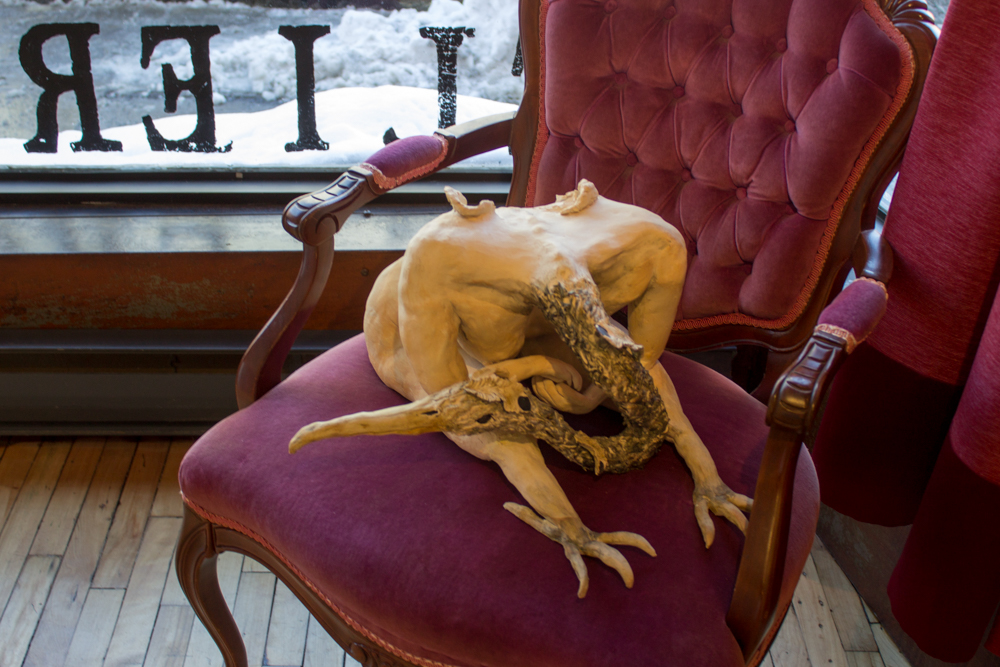An intergenerational approach brings students and alumni together
A specific idea or theme is usually what draws artworks together in an exhibition. Timelines, on the other hand, is themeless. Held at Atelier Galerie 2112, in the Plateau, the show, organized by the Painting and Drawing Student Association (PDSA), features the works of 10 Concordia artists.
“The exhibition is about celebrating and showcasing the great works that are created by both students and alumni,” said Jose Guillermo Garcia Sierra, President of the PDSA.
Timelines functions like a mentorship program. “We paired each alumni with an undergraduate for them to meet and have a small mentorship relationship,” said Garcia Sierra.
The PDSA’s primary goal is to give students enriching opportunities at Concordia. Garcia Sierra added that while their focus lies on painting and drawing, they are not limited to the mediums. Student artists practicing a number of disciplines can participate in their workshops, events, and vernissages.
While the show itself does not feature a specific theme, the exhibited artists demonstrate a mutual interest in the notion of the environment. “We were mainly looking for individuals that were really committed to their craft,” said Garcia Sierra. “We focused on how excited and serious the people were going to take this project that we made.”
Vibrant blues and greens fill the canvas in Laura Douglas’ The Empty Place. The oil painting depicts an empty parking lot which contrasts with a lush green forest and makes a statement about nature’s reclamation of human-occupied spaces.
Alumnus Sylvia Trotter Ewens’ Untitled portrays a modern glass-paned building, a burning urban space and a forest fire. Inspired by artificiality and the natural landscape, Trotter Ewens work engages primarily with environmental ethics.
However, paintings are not the only works exhibited, Malachy Schwartz’s 3D printed sculpture, Textures #1, #2, #3, explores the permanence of the image and visual transformation. Each sculpture originates from a photograph. This notion of the manmade and the artificial is present in Schwartz’s project which further delves into the idea of landscapes and the relationship between natural and unnatural materials.
Aside from works centred around the natural environment, artists like alumni Rihab Essayh and Colas Eko investigate the interpersonal as a result of familial and societal environments. There is no doubt that regardless of the artists’ age or background, their works complement one another and allow for an enticing and visually stimulating experience.
Fine Arts students looking to have their work featured in a future exhibition can follow the PDSA’s social media pages for updates on submission dates.
Timelines is on display until February 19 at Atelier Galerie 2112, at 2112 Atateken. The gallery is open Tuesday to Sunday, from 12 to 6 p.m. Further information about the PDSA’s upcoming workshops and events can be found at /www.facebook.com/PaintingDrawingSA/.
Feature photo by Britanny Clarke
